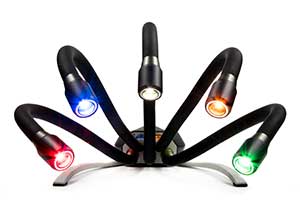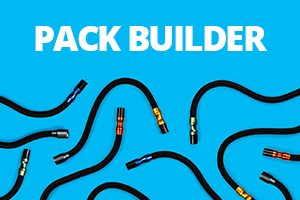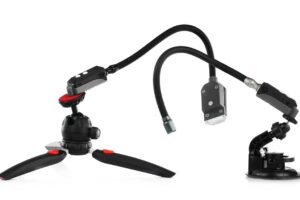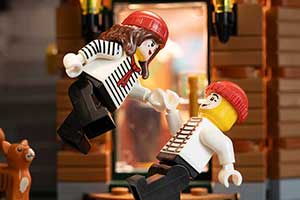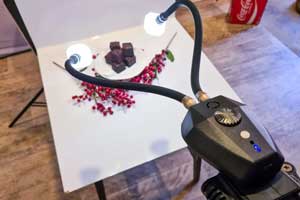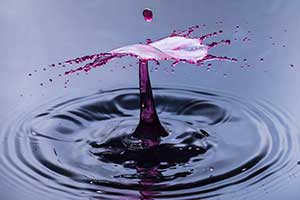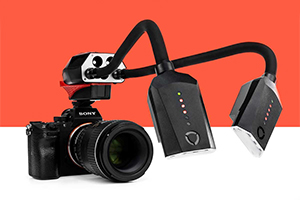To continue our series of Adaptalux experiences from professional photographers (read Tonya Wilhelm’s thoughts here), we put an Adaptalux Starter pack in the hands of world renowned photographer Simon Norfolk. He asked to use an Adaptalux Studio to aid in his recent assignment to shoot archaeological artefacts in Jerusalem. Read on to see what Simon has to say about his time with the Adaptalux Studio.
About the Photographer
Simon Norfolk is a landscape photographer whose work over twenty years has been themed around a probing and stretching of the meaning of the word ‘battlefield’ in all its forms. As such, he has photographed in some of the world’s worst war-zones and refugee crises, but is equally at home photographing supercomputers used to design military systems or the test-launching of nuclear missiles. Time’s layeredness in the landscape is an ongoing fascination of his. His work has been widely recognised: he has won The Discovery Prize at Les Rencontres d’Arles in 2005; The Infinity Prize from The International Center of Photography in 2004; and he was winner of the European Publishing Award, 2002. In 2003 he was shortlisted for the Citibank Prize now known as the Deutsche Börse Prize and in 2013 he won the Prix Pictet Commission. He has won multiple World Press Photo and Sony World Photography awards.
See Simon Norfolk’s Work
Follow Simon Norfolk on instagram
Simon Norfolk –
I’m in Jerusalem on an assignment for National Geographic Magazine. I don’t review many pieces of kit, but this little Adaptalux unit saved my bacon. I think of myself as a landscape photographer really and was concerned when the magazine asked me to also photograph some artefacts. And then I saw how teeny tiny they were and really started panicking!
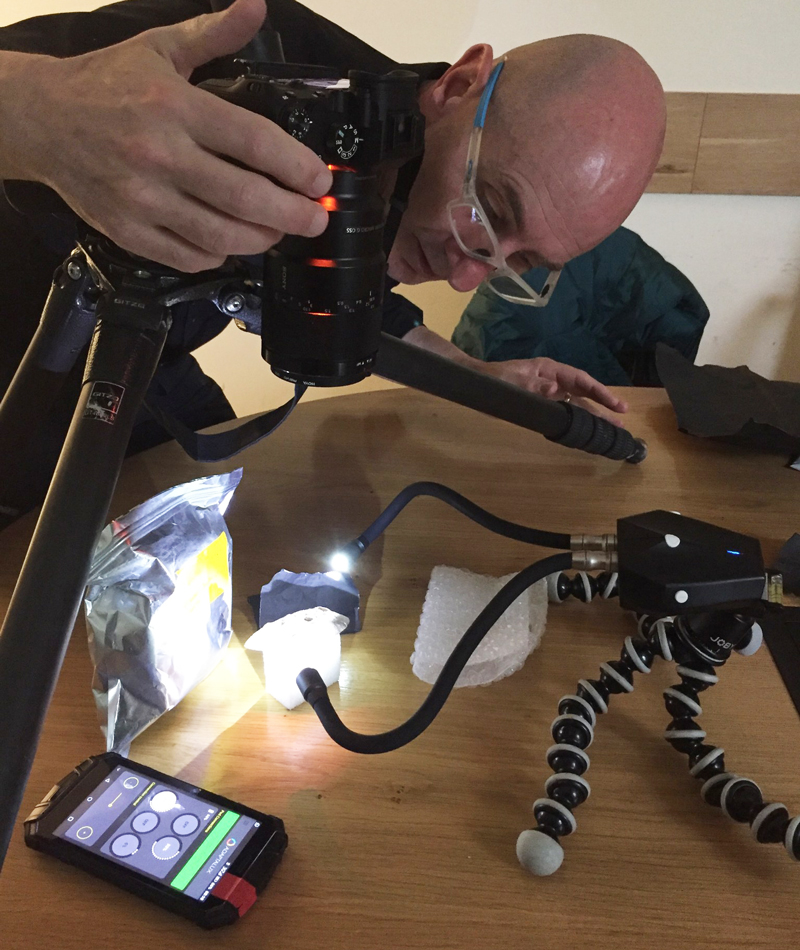
In recent excavations at the base of the Western Wall in Jerusalem, below Robinson’s Arch, they’ve uncovered a small, late-Roman theatre-like structure. It looks uncompleted and probably never served as the venue for music and poetry that was intended. But there are signs everywhere that the Roman Tenth Legion (Fretensis) was camped somewhere nearby and the half-built theatre provided a good place for soldiers to sneak off and play dice games.
Of the 30 or so tiny bone dice found in the metres of infill, one of them is a cheating piece! It has the number four on two opposite faces. A great find and a lovely window into the ancient world with some sneak dropping this out of his sleeve and fleecing his fellow legionnaires of their last sestertius.
But what a swine to photograph! How do you show both sides of a object so tiny? How can you avoid drowning the whole thing in rubbish bounce flash? The standard of object photography at National Geographic is so high: Robert Clark, Mark Thiessen and Paolo Verzone are especially good. I needed a quick way to shoot work good enough to not embarrass myself in such company.

I bought a cheap multi-arm unit online (I think it is for soldering) and I knew I could locally source a small piece of mirror. But I was lost for lighting until the good people at Adaptalux here in the UK lent me one of their Studio units in return for a review. It’s a USB-chargeable pod with magnetic, snap-on arms that are articulated and end with a small, focusable LED. The arms can be bent to the right place, snuck through this tangle of supports and focussed-in tightly.
When everything was in place for this picture I didn’t want to touch anything because it was all so delicately balanced. They’ve thought of that though because the Studio unit pairs by Bluetooth to a mobile phone and the simple, reliable app allows me to dial the power to each of the various lights remotely. The precision was amazing. For anyone that cares it was shot with a Sony A7III and a 90mm G-Series macro lens at 1 sec. f22, 250 ISO. (There’s a little flash in their too from the side.) All pretty normal stuff. It’s the Adaptalux that makes it special.
The final images from Simon’s shoot will be published in the December 2019 issue of National Geographic Magazine.

